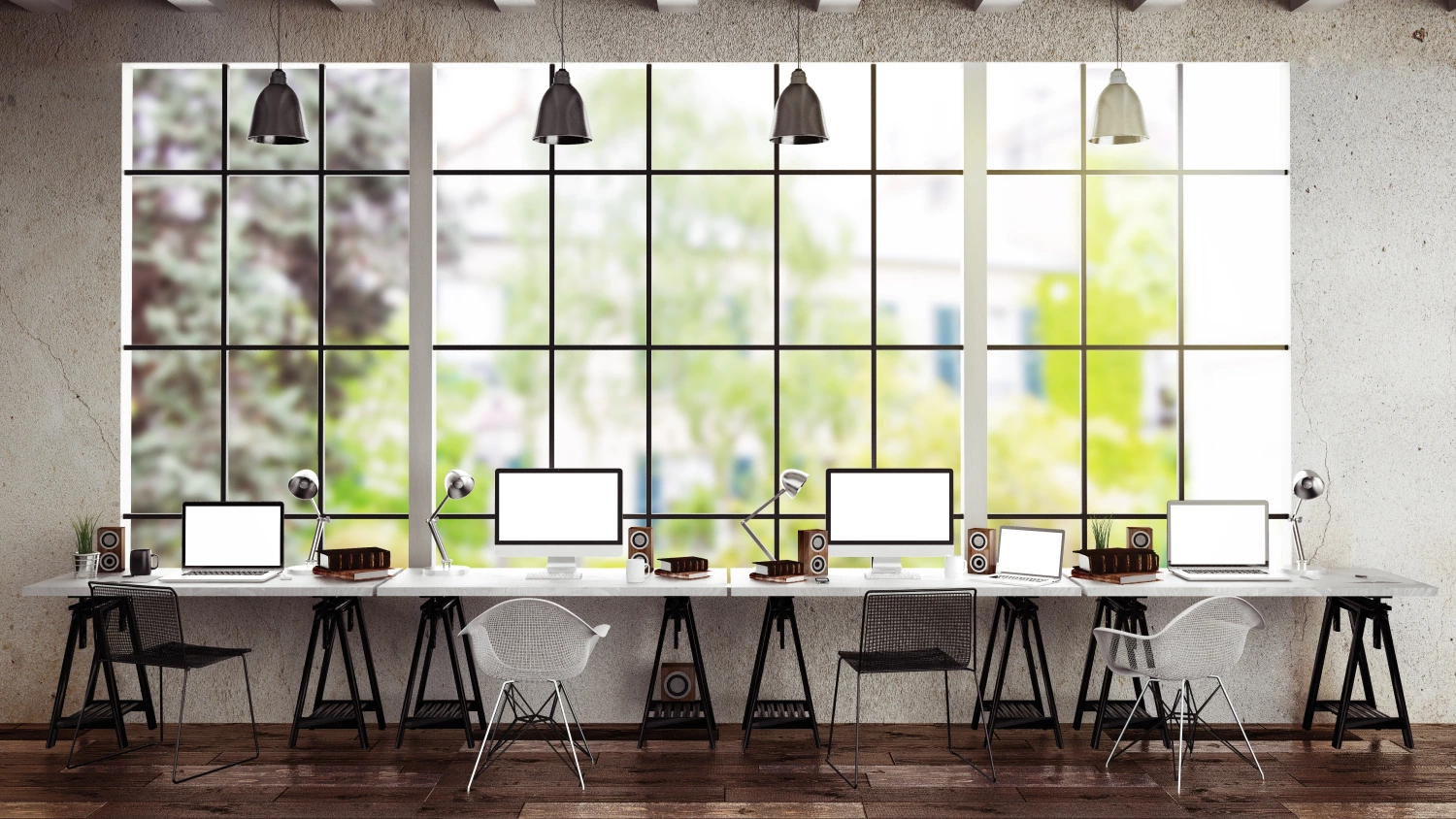
What the future holds for the office market has been one of the hottest topics of debate ever since the pandemic struck. What changes are to be expected in the office sector after the pandemic? Katarzyna Lipka, an expert of Cushman & Wakefield, outlines key trends for 2021 and beyond.
Short-term office demand will depend on the state of the economy, which undergoes cyclical fluctuations and will return to a growth path following a downturn caused by the pandemic. According to forecasts by Moody’s economists, Poland is expected to see economic recovery in the late second or early third quarter of 2021. If this happens, office demand is likely to start growing later this year or early next year.
Long-term outlooks will depend on the role of the future office and what workplace strategies most tenants will adopt. One of the key aspects here is the proportion of remote and in-office work.
The pandemic has forced most organisations to transition to the remote work model on an unprecedented scale. Cushman & Wakefield’s research shows that this model proved successful and workers enjoyed this kind of flexibility. However, a number of major problems were also revealed such as the lack of a comfortable workspace at home (cited by many respondents), limited social interactions that have an adverse impact on well-being and business results, diminished learning and work experience opportunities, as well as a stifling of innovation and creativity. What’s more, levels of satisfaction with remote work were lower during the second wave of the pandemic than in spring and those problems deepened.
Therefore, based on survey insights and feedback from focus groups, the following changes are likely to be expected:
- The hybrid model is the way forward - a model that combines work in a typical office space with flexible spaces and remote work in varied proportions. A Gallup study has found that employee engagement is optimized for employees who work in the office 3-4 days a week.
- Exclusively remote work structures will be rare. While some companies are thinking about allowing their employees to work fully remotely as they wish, this model is likely to remain an exception.
- Building flexibility – office landlords will adapt to occupiers’ requirements and provide an added value in the form of flexible spaces in their buildings.
- Space redesign – expansion of communal areas such as conference rooms of various size or informal meeting spaces such as cafés or chill-out zones resembling hotel lobbies.
- FOMO (Fear of Missing Out) – although many survey results indicate that people want to work from home for half of their working time or longer, this sentiment is expected to reverse once the pandemic is over and the transition back to the office accelerates. Those working remotely may begin to worry that their colleagues in the office have an advantage and that by working remotely they miss out on something and their careers will suffer.
To sum up, it is hard to foresee how the situation we are faced with will impact the size of office requirements in the long term. Having said that, it can be stated with a fair degree of certainty that the office will continue to play a major role for almost all organisations, but its role and character will inevitably evolve. Therefore, both tenants and landlords will need to adapt their strategies to the changing reality to maintain competitiveness.



